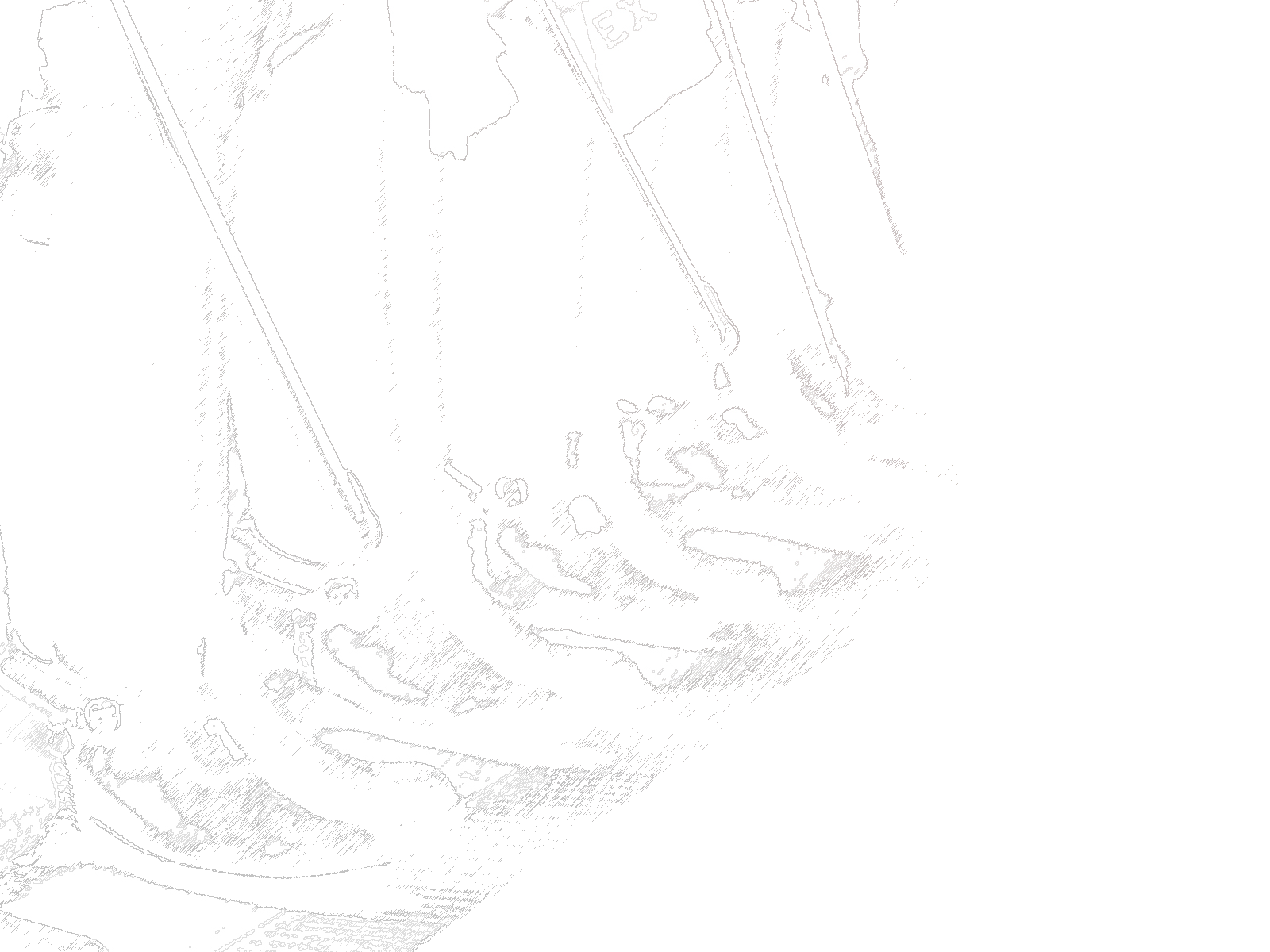The largest portion of our property tax dollars go to support for our K-12 educational systems. According to the Wisconsin Legislative Fiscal Bureau, K-12 spending has seen an increase of $4 billion since 2013. This $4 billion figure does not even count debt service payments for referendums passed in the same time.
How is this massive K-12 spending increase possible while local property taxes statewide remained flat? It’s because of state appropriations that “back filled” (or reduced) local property taxes.
In total, the Legislature appropriated $4.25 billion in local property tax relief from the 2014 fiscal year through the budget ending in June of 2019. That’s right — money all Wisconsinites paid, predominantly in income tax, has been used to back fill local property taxes statewide. To put that sum into perspective, those funds could have been used to lower income taxes from our current four tax brackets topping at 7.65% to only two income tax brackets of 4% and 5.5%. Viewed another way, if that money were pooled into our current budget, we could cover all funds for the entire two year commitment for these departments: Corrections, Natural Resources, Justice, and all of our appellate courts.
The billions of dollars in state level spending was necessary to keep local property taxes statewide flat despite the 13.1% increased spending by local K-12 school districts from 2013 to June of 2019. Interestingly, during this same period, statewide student enrollment declined 0.8%.
Owen
Everything but tech support.
}
1941, 05 Sep 19
K-12 Spending Continues to Balloon Despite Declining Enrollment
}

Duey Stroebel exhibiting why I happily vote for him.
Well done!
Part of the reason education costs have increased costs due to the influx of illegal ,(and some legal) immigrants.
The kids who migrate almost have to go into special education, mostly ESL. Some will be in special education classes as well. And the school districts have to legally educate special ed students up to their 21 birthday. They constitutionally have to give these kids a free education.
And in the end, the vast majority of these will fail and drop out of school.
Just your gut feeling, Mar, or do you have a source that would support your assertions?
It is worth discussing why the costs are going up. In addition to inflationary pressure – sports, technology, and health care costs – are the driving force behind the increase in local taxes used to fund schools. Also there does seem to be a lot of referendums lately.
I wish Strobel would address why the costs are increasing, rather than just saying that costs are going up. I guess politically it isn’t popular to discuss those things.
jjf, as far as the special education laws, those are facts.
As far as drop out rates among immigrants,that is so speculative. There is a high amount of moving around, like farm workers and immigrants moving from town to town. Some kids who enter the US S teenagers don’t even bother going to school.
The mostly Hispanic schools I taught at, there were drop out rates were approaching 60%. But there were a lot of factors.
I might add, there were several illegal immigrant children I taught whose special education costs approached over $1million dollars to educate them over their high school career. Many required therapy services and even wheelchairs. The Fed don’t pick up those costs like they would with citizen chdren, so local school districts have to eat those costs.
And just think, if they were voucher schools, they could reject them all, citizen or not!
jjf, from what I have seen, the public schools do a much better job educating special education students, especially the severely disabled than private schools. We have more resources and I have had very well off parents send their severely disabled students to my program and others rather than private schools.
Now, if you are talking about regular education students, well, that’s another story.
Public school districts in Wisconsin can reject them too under Open Enrollment (district-to-district). So, what is your point?
https://madison.com/wsj/news/local/education/blog/lawsuit-open-enrollment-program-unfairly-affects-special-needs-students/article_6571409b-ecae-51b7-b763-986be7188ad4.html
Don’t know if this came to pass – would certainly address your concern.
School districts receive state Special Education aids and High Cost Special Needs Education Aids. (for students that cost $30,000 or more to serve). As I recall, some of the funding is Federal tax revenue passed through by the DPI.
Here is a bit of good news – an attempt to provide private schools the extra funding needed to serve that population, just like the school districts get to serve that population. Difference is, private schools can not levy taxes for what they provided, and they can not put forth referendums for building requirements.
However, in a local educational issue discussion group, some did not consider this to be good news. Felt that the public schools were not getting enough to serve Special Needs either.
https://www.jsonline.com/story/news/education/2018/02/12/wisconsin-voucher-program-special-needs-students-expected-triple-next-year/316450002/?fbclid=IwAR3yT_sxcY3tpdVboyloL6dU88dKm45IdMIOqFdUIYlMr9EJbsHoJI9sFxw